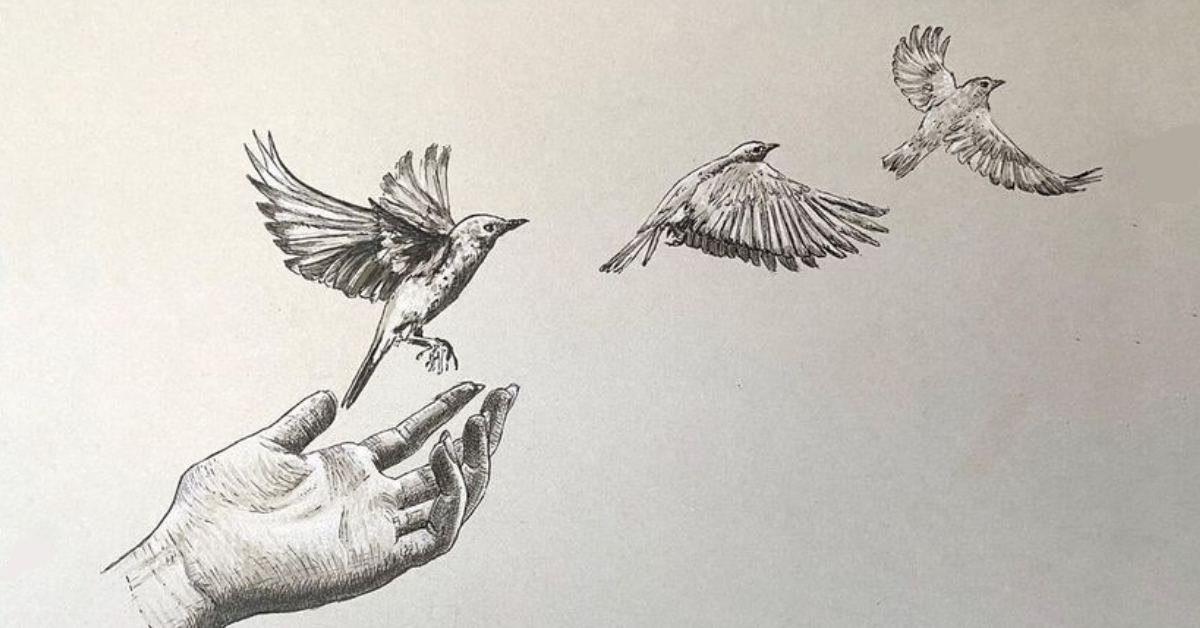Attachments to people, things, memories, assets, and even unpleasant experiences can make life seem like a collection of attachments. We hold fast to the past or the future, bearing these unseen burdens that influence our day-to-day existence. But when we learn this lovely ability to let go, we experience some of the most profound growth.Recognizing the Significance of Letting Go
Forgetting or acting as though nothing happened is not the goal of letting go. Instead, it’s about accepting things as they are. It’s admitting that although we can’t control everything, we can manage how we react to the inevitable trials and changes that life brings. Regardless of the reason—a broken relationship, a lost chance, or a long-standing grudge—letting go means choosing freedom over the familiar comfort of our emotional attachments.The Reason We Wait
There are several reasons why we cling to things. It can occasionally be fear of change, the unknown, or losing our identity. At other times, it’s the belief that clinging to something could alter the past or exert power over the future. We may harbor anger because it seems protective or feel guilty because we believe we deserve it. Learning to let go typically starts with understanding why we hold on. Part of the reason we hold on to situations is because we feel that something so great won’t happen twice- Anonymous (Thought Catalog, The Art of Letting Go)The Release Procedure
Letting go is usually a long process rather than an instantaneous event:
1. Express your emotions without passing judgment.
2. Recognize what you cannot alter; 3. Concentrate on what you can; and 4. Show self-compassion.
5. Permit yourself to mourn the release
6. Give your experiences fresh significance.The Liberation in Liberation
We frequently discover something surprising when we finally let go of what we’ve been clinging to: space—room for fresh encounters, connections, and viewpoints. We may now create our future with the energy we once used to cling to the past. We learn that letting go is about creating space for growth rather than losing something. If you won’t let go of the past, how will you make space for your future?
Practical Developments
Start small. Learn to let go of minor grievances or irritations. Feel what it’s like to choose release over retention intentionally. Work your way up to more challenging assignments. Remember that letting go is a skill that gets better with use. Think about composing letters you never mail, using releasing techniques, meditating mindfully, seeking professional assistance when needed, and celebrating small victories in letting go. Whatever it is you’re feeling, feel it. Don’t bury it, don’t hide from it, or ignore it. Feel the awful, brutal feeling (Thought Catalog, The Art of Letting Go)
The Ongoing Journey
To put it simply, letting go is an art. Throughout our lives, we keep going back to this exercise. We get stronger and wiser every time we decide to let go of something that no longer serves us. We discover that letting go means moving on rather than giving up.
Finding Your Path
The feeling of letting go varies from person to person. What suits one individual may not suit another. The secret is to be patient with yourself as you learn to let go, even if it may not seem like it now, and have faith that every step forward is progress.
In conclusion
Remember that letting go is a significant act of wisdom and self-care rather than a show of weakness. Letting go of what we’ve been clinging to requires bravery, but when we do, we frequently discover what we’ve been looking for: freedom, peace, and the ability to be who we were meant to be.
Be kind to yourself when you’re letting go. The fact that some days will be more straightforward than others is acceptable. The skill of letting go is about development, one minor release at a time, not perfection.






